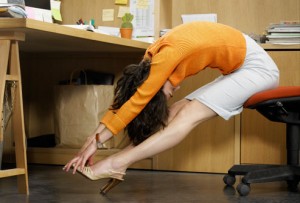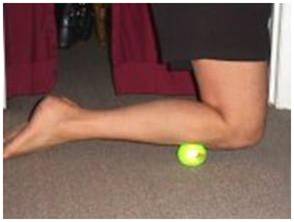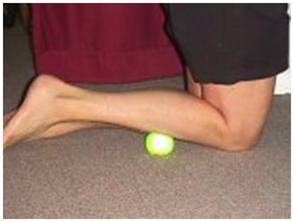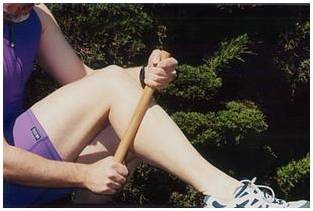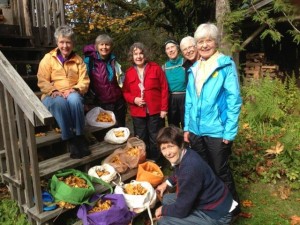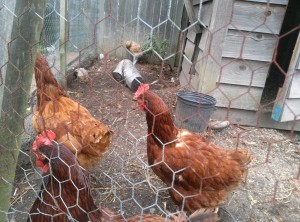Gentle Reader,
Tendonitis or arthritis? Which is it? My oldest daughter (52) was feeling sprightly one morning in Ecstatic Dance and accepted an invitation to do a cartwheel and round off. Why not? She is fit, exercises daily and used to do them easily when she was a gymnast back in high school. So off she sped across the floor, executing the perfect cartwheel and round off, landing smartly on her heels, arms out in a victory pose. Immediately she felt the sharp pain in her right buttock but went on dancing. That was last August. By December she could not bear weight on that leg, on her sit bone which made walking and sitting painful and challenging. The diagnosis was a torn hamstring tendon, a rare accident usually confined to linebackers. Most orthopedists see a hand full in a life-long practice. She found one who, in twenty years, had repaired twelve such injuries. The operation was successful and she is walking, driving, and sitting comfortably again. This condition is a torn or ruptured tendon. Definitely not tendonitis or arthritis of the hip, which she fleeting believed it might be.
Tendonitis, commonly called tennis elbow, swimmer’s shoulder, trigger finger, is an inflammation of the fibrous, cordlike connective tissue that attaches muscle to bone. Tendons can withstand amazing amounts of force, but they are not indestructible. Witness my daughter’s round off. The pain of tendonitis accompanies stiffness and swelling near a joint. Arthritis presents in the same way. When you get this pain, stiffness and swelling, you usually take some anti-inflammatory drugs such as ibuprofen; apply ice and rest the affected joint. But this could be a miss-diagnosis. [information from an article in Johns Hopkins Health Alerts]
Perhaps the inflammation is actually in the sheath around the tendon. Tendons do not contain many blood vessels, so they are seldom inflamed. If you are over 50, it is possible your tendons are degenerating. The collagen that makes up the tendon breaks down, causing multiple microscopic tears. What little blood circulation there is to the tendon also decreases with age, making the healing of these microscopic tears more difficult. This degenerative condition is called tendinosis. 
It is common to develop tendinosis and have no symptoms until some sudden trauma or the gradual build up of repetitive motion in work, sport or exercise. Perhaps my daughter had tendonosis compromising the tendon’s elasticity. She would not have known that she was at risk for a major trauma to the hamstring tendon.
Here’s a way to tell if your joint pain, stiffness and swelling is tendon related or bone and joint related: try taking glucosamine (Joint Health Complex by Shaklee) for two weeks. If it helps, you likely have osteoarthritis. If not, it is more likely a tendon problem.
Glucosamine has been shown in quite a few scientific studies to help with cartilage formation. Cartilage is what your joints are made of, and what arthritis attacks, so upping the rate of production of cartilage helps your joints. You feel better….if you have arthritis.
On the other hand, glucosamine will not help with collagen formation, and tendons are made of collagen. So it stands to reason that if you feel like you have “joint pain”, take glucosamine, and do not experience any relief, one very likely culprit could be your tendons. Tendon insertion points are often very close to joints and it can be difficult to tell exactly where the pain is coming from.
Taking NSAIDs (anti-inflammatories) using ice and rest can provide temporary relief for either tendonosis or arthritis, but since both are the result of inflammation, using these treatments will not help you distinguish between the two. Knowing which one you have is important if you intend to treat the condition yourself. If you take NSAIDs and they do not help, you probably have degeneration of the tendon.
This information comes from a web site http://www.targettendonitis.com/ by Alex Nordach, who is marketing his ebook (for $29) on how to treat degenerating tendons. I have not purchased this book so I can’t recommend it. If you are interested, follow the link and see for yourself.
What I can tell you about natural healing for both joint and tendon caused pain, is the following:
Acupuncture can relieve pain, stiffness and swelling. 
Vitamins C and B Complex, plus Alfalfa help build collagen naturally, reduce inflammation and increase blood flow into the area. And I do not mean one or two tablets. 3000 mgr. of Sustained Relief C and 6 tablets a day of Shaklee’s B Complex can make a difference. I could tell you stories of people who have avoided surgery for carpal tunnel syndrome by taking lots of B Complex. Alfalfa tablets are small pea sized pills and should be eaten by the spoon full, not one by one. We are talking food. Can’t swallow that many pills? Chew them up. Shaklee’s Alfalfa tablets smell sweet when you open the bottle and taste like new mown hay with no sticks or twigs.
Whether your joint pain is tendonosis or arthritis, these supplements will help. Since glucosamine is expensive and NSAIDs mess up your stomach, check out the treatments to see what you are dealing with and then proceed with these three supplements. Their side benefits are legion.
In most of my blog posts, I talk about the various causes of arthritis and things you can do to manage arthritis short of medication and surgery. This blog addresses another cause of joint pain, tendonitis and tendinosis. I hope this refinement — arthritis or tendonitis–helps you.
If this information is helpful, please let me know.
Be Well, Do Well and Keep Moving,
Betsy
206 933 1889

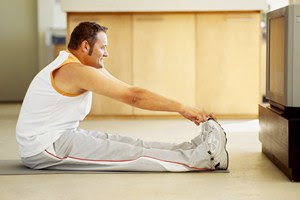 “Watching a dancer her leg to her nose is an impressive sight, and many of us can perform similar feats when we’re children. But we begin to lose flexibility as we age if we do not make a conscious effort to remain limber.
“Watching a dancer her leg to her nose is an impressive sight, and many of us can perform similar feats when we’re children. But we begin to lose flexibility as we age if we do not make a conscious effort to remain limber.